Panelists
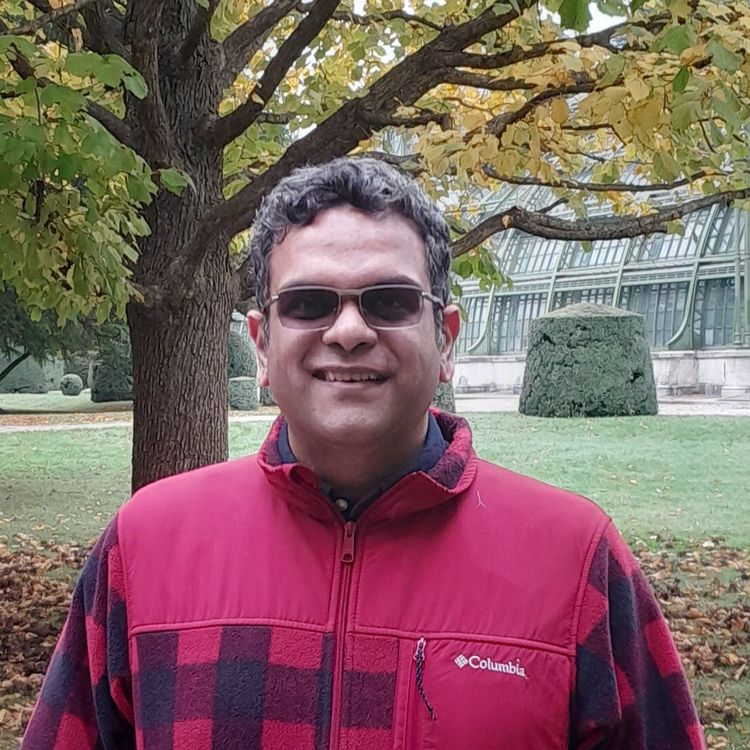
Department of Electrical Engineering, IIT Bombay
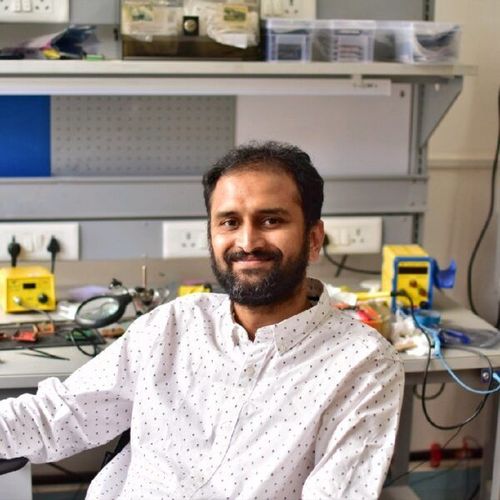
E-LAGORI, Bangalore
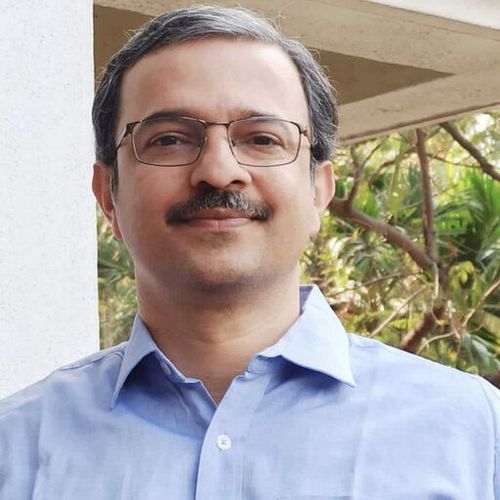
TCS Research
Defence Research and Development Organisation (Retired)
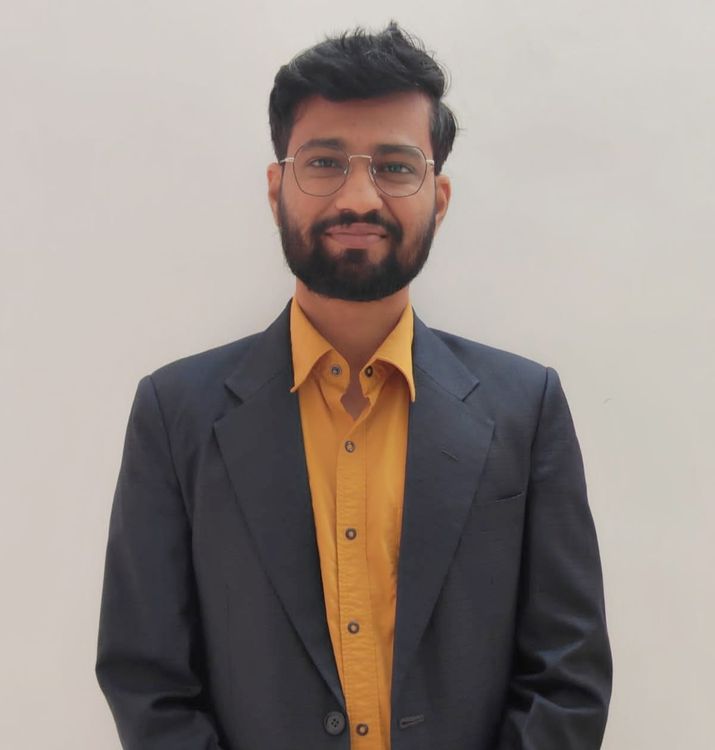
NUMEREGION
Tuesday | January 23, 2024 | 8:30 - 10:30
Emerging innovations in sensing, AI, IoT and Edge Computing technologies are already transforming industrial operations in Industry 4.0 which is further going to deepen via embracing of AR/VR and robotics technologies in the context of Industry 5.0. In this track, industry and Academia discuss novel ideas and practices covering the transformational technologies covering (but not limited to) human-machine interaction, sensor fusion, sensing for real-time operations, digital twins, quality/process control and explore what roles applied sensing technology can play towards achieving the same.

Department of Electrical Engineering, IIT Bombay

E-LAGORI, Bangalore

TCS Research
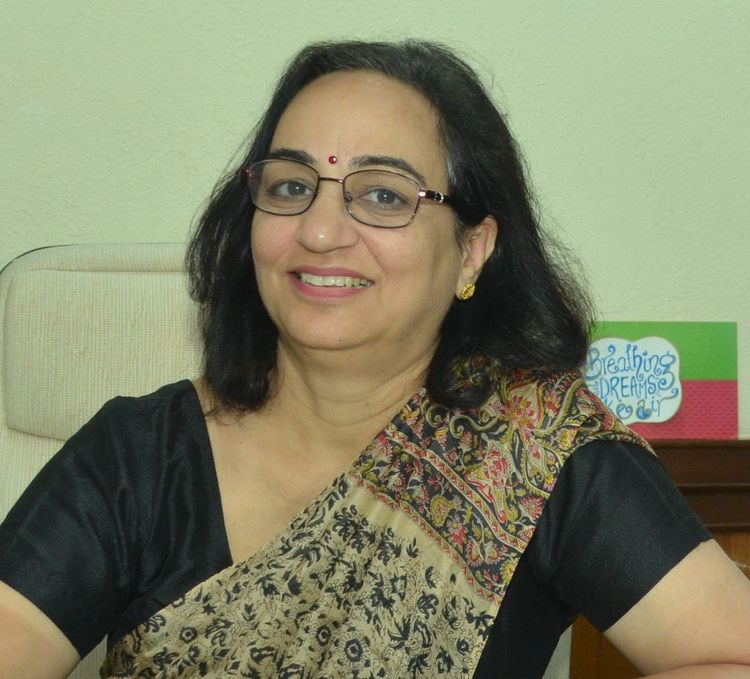
Defence Research and Development Organisation (Retired)

NUMEREGION

Tata Consultancy Services
Human sensing is of paramount importance in human-centric systems and human-centric design paradigms. These involve sensing of human parameters like mobility, physiology and cognition to understand contextual information such as location, identity, activity, proximity, behaviour, health and wellness. This track aims to deliberate on advancements in human sensing technologies powered by AI, robotics and edge computing towards enhancement of human experience in both clinical and non-clinical applications.

Indian Institute of Technology Kharagpur, India
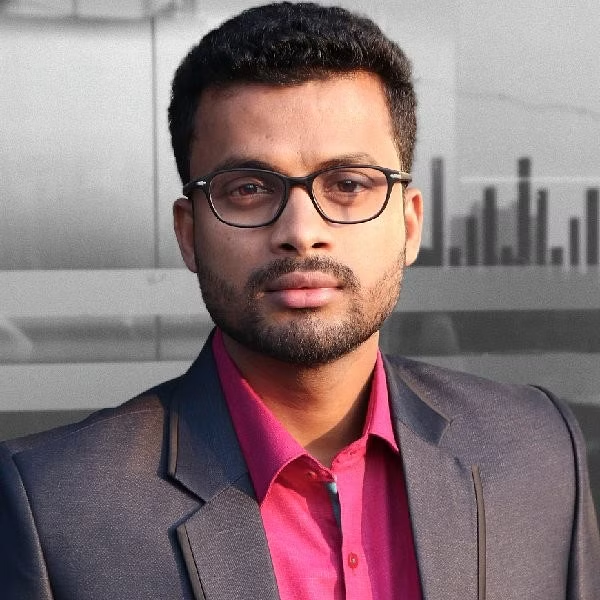
EZERX
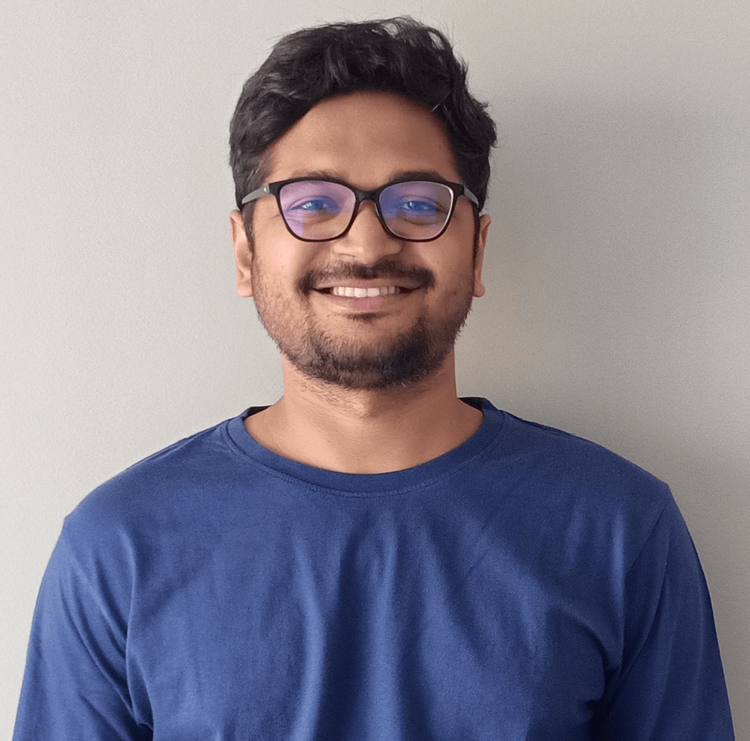
CareMother
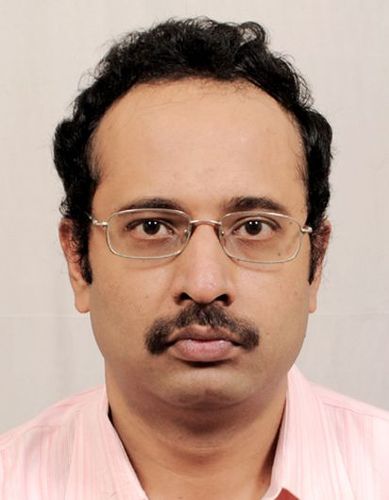
IIT Kgp
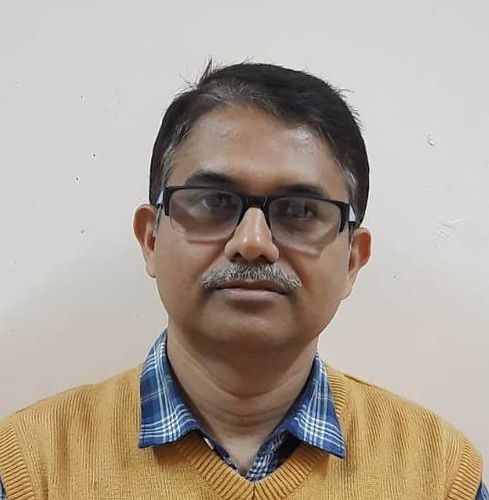
IIT Kgp
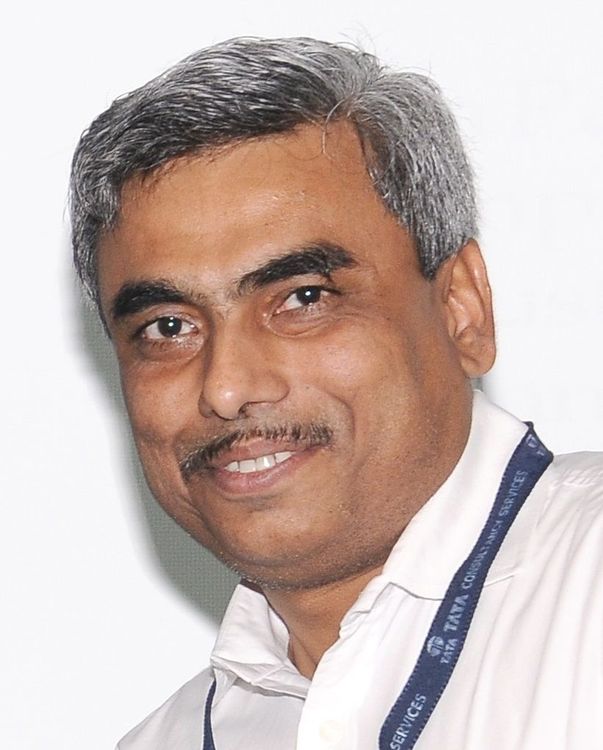
Tata Consultancy Services, India
Space-borne and air-borne remote sensing is having growing impact on climate monitoring, surveillance, agriculture and allied earth observation. The world of remote sensing that was once owned and funded by Governments is getting democratised. Low Earth Orbit (LEO) satellites and unmanned aerial vehicles (UAVs) are opening up new opportunities and with new investments coming in LEO constellations and UAVs. The next generation services and applications in earth observation are likely to be built on top of novel electro-optical, multi-spectral, hyperspectral and radar sensing deployed on satellites and UAVs. The goal of this track is to discuss new ideas and opportunities arising from technological advancements that are propelling the air-borne and space-borne remote sensing.
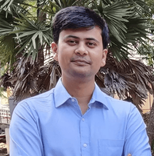
Galaxeye
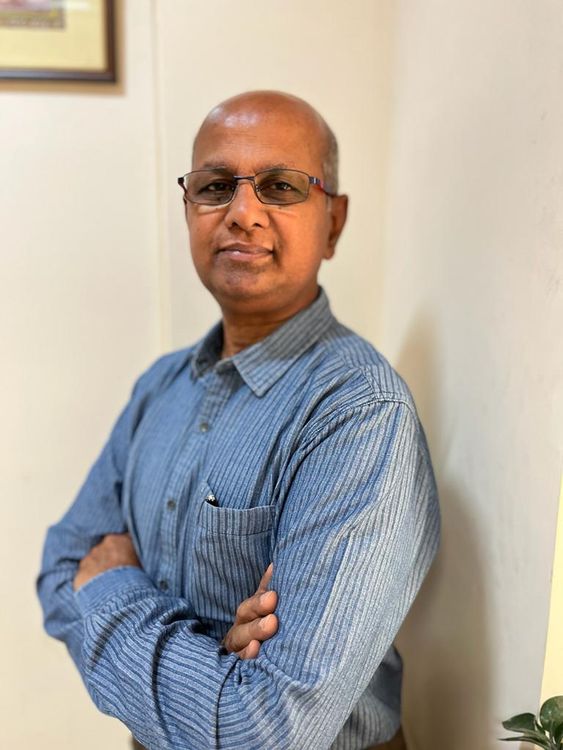
ISRO Chair Professor, NIAS & Former Scientific Secretary, ISRO/ DOS
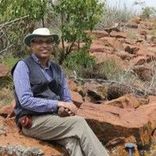
Centre of Studies in Resources Engineering, IIT-Bombay (former HOD)

Indian Space Research Organization
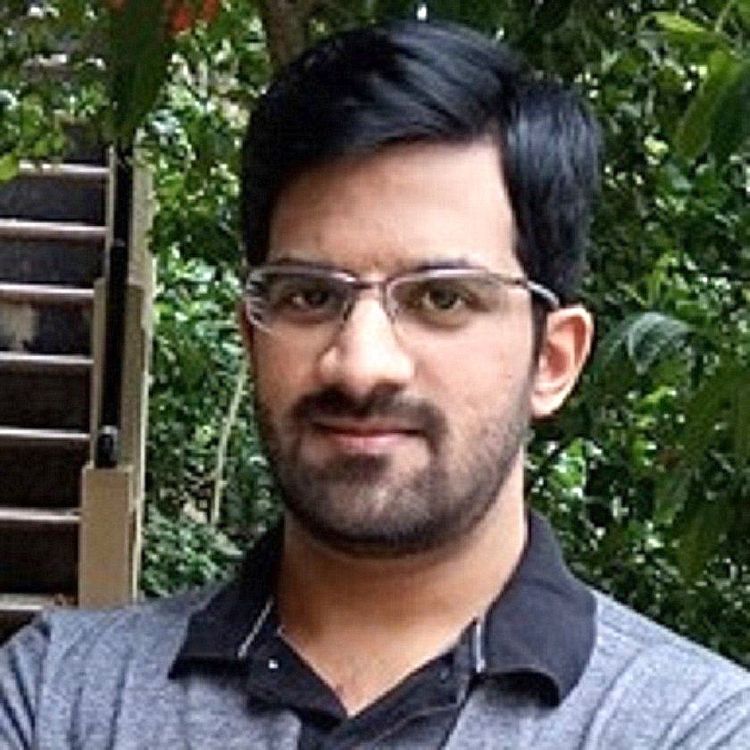
BITS Pilani, K.K Birla Goa Campus, India
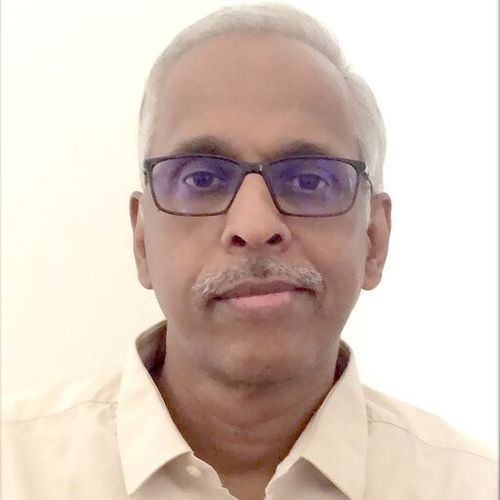
Former Distinguished Scientist, TCS Research